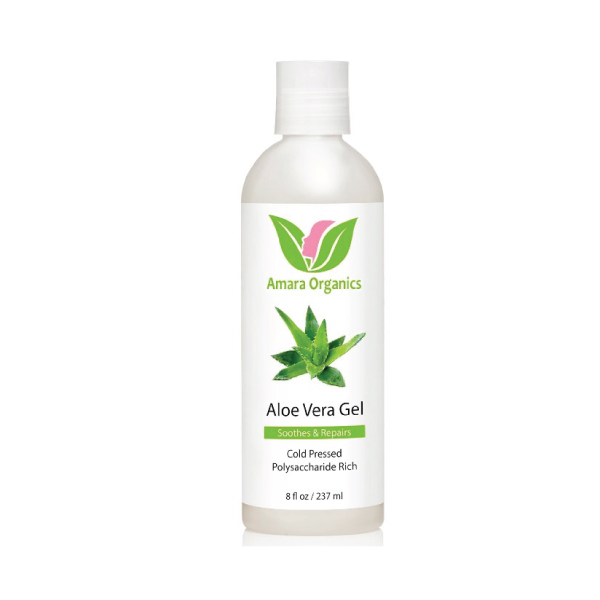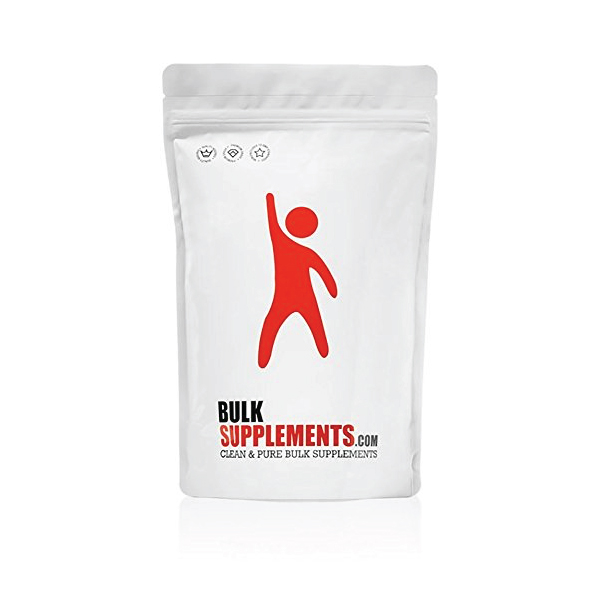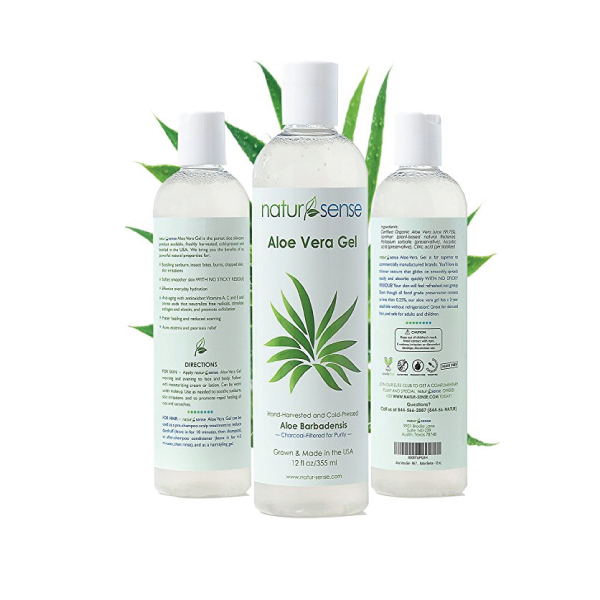What is Aloe?
Aloe is a genus of succulents with sharp ridges on the leaves, and a thick, slippery gel on the inside. Aloes of all species have been used for a wide range of conditions, and is one of the longest recorded herbal medicines in human history. The use of aloe dates back to the early Egyptians, Chinese, and Roman empires. Alexander the great has been said to have conquered the island of Socotra, off the coast of Africa in order to secure Aloe growing there to heal his soldiers.
Aloe has a wide range of clinical actions both internally and externally, and remains popular amongst herbalists and product developers for anything from skin conditions, digestive complaints, liver dysfunction, and cardiovascular disease.
How Is Aloe Used?
Aloe is commonly used as a topical agent for burns, skin irritations, and eczema. The thick mucilage contained in the leaf gel has antiseptic, anti-inflammatory, and vulnerary actions, making it an excellent choice for general skin irritations.
Internally, aloe provides similar support for the epithelial tissue of the digestive tract. Consumed internally also offers some mild laxative actions and hepatobiliary effects.
Traditional Uses
+ Western Herbal Medicine
Aloe vera (and other Aloes) have been used for a long time in various cultures, for its actions on conditions such as: anti-inflammatory, immunostimulant, antiseptic, wound and burn healing, anti-tumoral and laxative effects [5-8].
+ Traditional Chinese Medicine
Pinyin:
Lu Hui
Taste:
Bitter [13]
Energy:
Cold [13]
Channels:
Liver and large intestine [13]
Action:
Removes liver heat, improves intestinal motility [13],
Indications:
Constipation with restless insomnia due to heat accumulation [13]
Cautions:
Do not use during pregnancy or in patients with cold deficient spleen or stomach disorders [13].
+ Ayurvedic Medicine
In the Ayurvedic and Thai medicine, Aloe was used to treat peptic ulcers, burns, wounds, abscesses, mouth ulcers, and inflammation [12].
Herb Details: Aloe
Herbal Actions:
- Antinflammatory
- Antiviral
- Emmolient
- Immunomodulator
- Demulcent
- Anti-tumor
- Hypocholesterolemic
- Vulnerary
Daily Dose
- (5:1 Juice/Succas)
25-100 mL - View Dosage Chart
Part Used
- Leaves
Family Name
- Asphodelaceae
Distribution
- Aloee is found throughout the tropics.
Constituents of Interest
- Aloe Emodin
- Anthraquinone glycosides
- Acemannan
Common Names
- Aloe
- First Aide Plant
- Lu Hui (China)
Duration of Use
- Long term use of aloe in therapeutic doses is not recommended. Topical applications can be used long-term.
Products Containing Aloe
Botanical Information
Aloe is a flowering succulent plant found growing int he tropics and subtropics.
Aloe is a member of the Asphodelaceae family of plants. This family is home to over 40 genera, and about 900 different species, 500 of which are comprised of the Aloe genus.
Harvesting Collection, and Preparation:
Leaf extracts containing quantified levels of the chemical acemanna are recommended (no less than 11.25 mg/ml) [12].
Aloe extracts containing low anthraquinones (through removal process) are also preferred for internal use [12].
Pharmacology & Medical Research
+ Atherosclerosis
Aloe vera's confirmed anti-inflammatory actions [4], as well as its hypocholesterolemic actions [8], may be the main mechanism of actions in its suggested ability to treat and prevent atherosclerosis. Inflammation has been linked closely with the development of atherosclerosis [1, 2], and using anti-inflammatory medications such as Aloe vera may soon become a mainstay of treating or preventing this ultimately deadly disease process.
+ Dermatitis
The emollient actions of Aloe vera has been well studied and is an effective treatment in radiation-induced dermatitis [1].
In burns, a topical application of Aloe gel is suggested to inhibit thromboxane B2 and prostaglandin F-2-alpha formation. This subsequently preserves dermal circulation and improves the outcome of both first degree, and 2nd-degree burns [12].
+ Inflammation
Aloe vera has well-documented actions as an anti-inflammatory [4, 12]. The anti-inflammatory action is reported to rely on the presence of anthraquinones [12].
+ Cholesterol
Aloe vera was shown to reduce the atherosclerosis formation significantly, and blood cholesterol levels of animals fed a high cholesterol diet vs. those with just a high cholesterol diet [8]. This common disease process is one of the major risk factors for developing chronic heart disease, or myocardial infarction, and stroke.
+ Antiviral
Anthraquinones extracted from Aloe barbadensis was found to inhibit the adsorption of some enveloped virus' into cells. Thus it was able to prevent the virus' from replicating. The mechanism of action was found to be through an interaction with the viral envelope. [11].
It was reported to possess activity against virus' such as HIV [12],
Phytochemistry
[1, 12]
Aloe vera contains roughly 75 potentially active constituents [1].
+ Constituent Summary
- Anthraquinone glycosides
- Polysaccharides
- Acemannan
- Vitamins
- Enzymes
- Minerals
- Sugars
- Lignins
- Saponins
- Salicylic acids
- Amino acids
Clinical Applications Of Aloe:
Aloe is a useful laxative, hepatoprotective, and for reducing triglyceride and cholesterol levels. Externally it is very useful for treating all kinds of skin irritations, burns, and traumatic damage.
Cautions:
Do not use aloe internally for long periods of time.
Recent Blog Posts:
References:
Haddad, P., Amouzgar-Hashemi, F., Samsami, S., Chinichian, S., & Oghabian, M. (2013). Aloe vera for prevention of radiation-induced dermatitis: a self-controlled clinical trial.Current Oncology, 20(4), 345. doi:10.3747/co.20.1356
Vogler BK, Ernst E (1999). Aloe vera: a systematic review of its clinical effectiveness. Br J Gen Pract. 49:823-8.
Natural Products Insider. (2009). International Aloe Science Council presents a scientific primer on aloe. www.naturalproducts insider.com/ebooks/2009/10/iasc-presents-a-scientific-primer-on-aloe. aspx
Davis RH, Leitner MG, Russo JM, Byrne ME. (1989). Wound healing. Oral and topical activity of Aloe vera. J Am Podiatr Med Assoc. 79(11):559–62.
Reynolds T, Dweck AC. (1999). Aloe vera leaf gel: a review update. J Ethnopharmacol. 68(1-3):3–37.
Heggers JP, Kucukcelebi A, Listengarten D, Broemel KF. (1995). Wound healing effects of Aloe gel and other topical antibacterial agents in rat skin. Phytotherapy Res. 9(6):455–7.
Chithra P, Sajithlal GB, Chandrakasan G. (1998). Influence of Aloe vera on the healing of dermal wounds in diabetic rats. J Ethnopharmacol. 59(3):195– 201.
Dana, N., Javanmard, S. H., Asgary, S., Asnaashari, H., & Abdian, N. (2012). The effect of Aloe vera leaf gel on fatty streak formation in hypercholesterolemic rabbits. J Res Med Sci, 17(5), 439-442.
Libby P, Ridker PM. (2004). Inflammation and atherosclerosis: role of C-reactive protein in risk assessment. Am J Med. 2004;116(Suppl 6A):9S–16S.
Hansson GK, Libby P. (2006). The immune response in atherosclerosis: a double-edged sword. Nat Rev Immunol. 2006;6(7):508–19.
Sydiskis, R. J., Owen, D. G., Lohr, J. L., Rosler, K. H., & Blomster, R. N. (1991). Inactivation of enveloped viruses by anthraquinones extracted from plants. Antimicrobial Agents and Chemotherapy, 35(12), 2463-2466. doi:10.1128/aac.35.12.2463
Bone, K. (2003). A clinical guide to blending liquid herbs: Herbal formulations for the individual patient. Edinburgh [u.a.: Churchill Livingstone. (Pg. 61-64).
Wu, J. N. (2005). An illustrated Chinese materia medica. New York: Oxford University Press. (Pg 62-63).














As COVID-19 continues to spread around the world, we’re getting a lot of questions on what the potential role of herbal medicine is during the outbreak. Learn how the virus works and how to limit your chances of transmission.